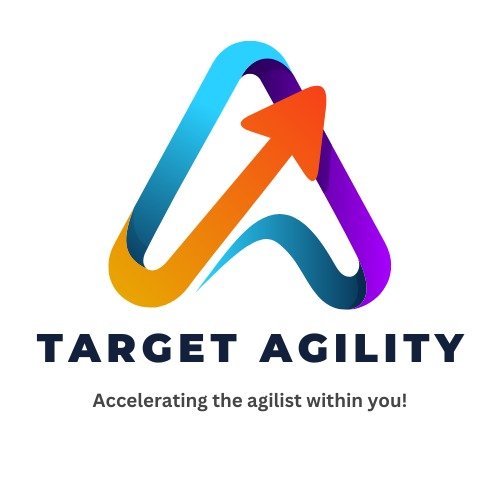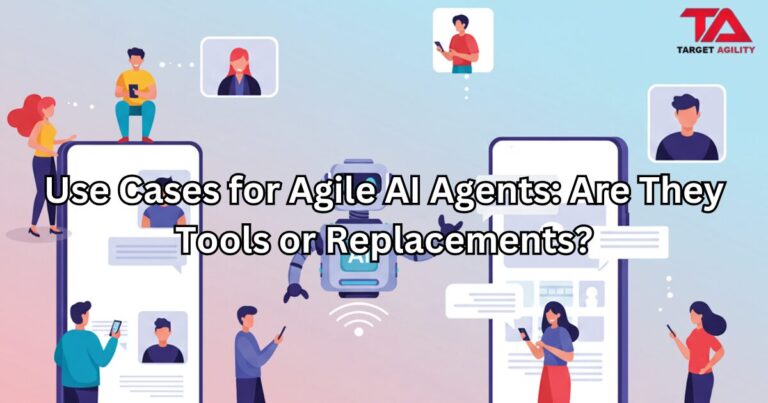AI is showing up everywhere in Scrum and Agile teams right now. People use ChatGPT to write user stories, generate acceptance criteria, or even run retrospectives. At first glance, it feels smart and efficient. But here’s the truth: most of the time, you’re just letting a statistical parrot into your team—and it’s quietly messing things up.
What’s a “Statistical Parrot”?
Big AI tools like ChatGPT don’t actually think. They don’t understand your customer, your business, or your sprint goal. They just predict the next word in a sentence, based on patterns in data. In short: they repeat things that sound right but often miss the real meaning.
Scrum, however, is built on thinking, learning, and adapting. If your team starts leaning on AI to make choices, you’re swapping real insight for random predictions. That’s not agility—it’s fake speed.
How AI Goes Wrong in Scrum
1. Bad Backlogs, Quickly Made
Product Owners often use AI to write user stories. The backlog looks full and professional, but it’s usually shallow, repetitive, and disconnected from real customer needs. A backlog full of AI fluff only creates confusion and wasted sprints.
2. Empty Retrospectives
Some teams let AI summarize feedback or suggest action items. But retrospectives are supposed to be about honesty, teamwork, and tough conversations. If you let a bot decide what matters, the team avoids reflection—and the chance to actually improve.
3. Fast but Pointless Work
AI helps you write tasks, test cases, and documents faster. But if you’re rushing in the wrong direction, speed is useless. Scrum isn’t about how fast you work—it’s about creating real value.
4. Losing Human Skills
Negotiating priorities, handling conflict, and thinking creatively are human skills. If you outsource too much of that to AI, your team gets weaker. Over time, you’ll lose the ability to think critically and work through problems together.
Where AI Can Help
I’m not saying AI has no place in Scrum. It does—but as a helper, not as a team member. It can save time by drafting templates, analyzing data, or suggesting options. But the real decisions, discussions, and accountability must come from humans.
The Scrum Guide makes it clear: Scrum Teams are made of people. AI can assist, but it cannot replace teamwork, trust, or judgment.
What Teams Should Do Instead
Here’s the no-BS advice:
- Don’t outsource thinking. Let AI handle routine work, not decisions.
- Focus on human conversations. AI can’t build trust or understand tone—only people can.
- Check your backlog. If AI wrote half of it, make sure every item ties back to real customer value.
- Question everything AI suggests. Treat it like a junior intern’s draft—review, improve, or reject it.
- Keep retros human. AI can collect data, but the team must own the reflection and actions.
Don’t Let the Parrot Lead
Scrum works because of teamwork, courage, and real learning. A statistical AI parrot can’t do any of that—it just repeats patterns. If your team starts letting AI replace tough conversations and clear thinking, you’re not becoming “AI-powered.” You’re just covering up weak agility with shiny tech.
Use AI, sure—but keep it in its place. Humans lead. Parrots repeat. Don’t confuse the two.











